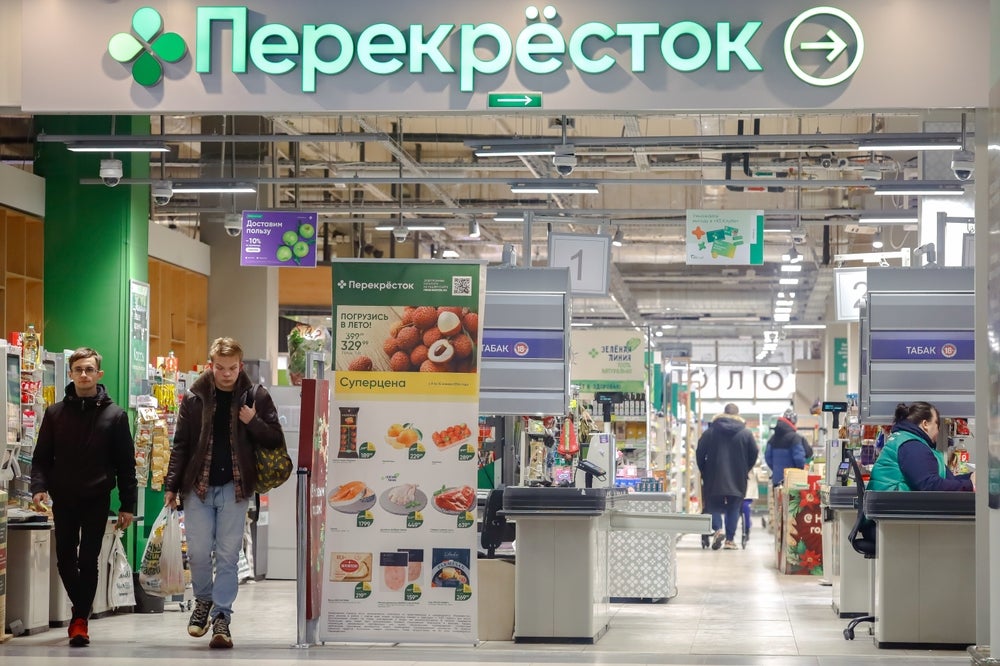In November 2024, Russia’s retail market continues to undergo a significant transformation, shaped by the rapid growth of e-commerce and shifting consumer habits.
Traditional hypermarkets, once a dominant force in the sector, now face mounting pressure as online shopping reshapes the landscape.
The e-commerce boom shows no signs of slowing. By 2024, online platforms have expanded their market share across Russia, driven by improved digital infrastructure and growing consumer trust in online transactions.
Major players like Wildberries and Ozon have capitalised on these trends, diversifying their offerings and enhancing delivery capabilities to cater to a broadening customer base.
Experts attribute the sustained growth to changing lifestyles and the convenience of online shopping. “Russians value time-saving solutions more than ever, and e-commerce delivers exactly that,” says retail analyst Elena Sokolova.
The introduction of innovative technologies, such as AI-driven personalisation and fast same-day delivery options, has further solidified e-commerce’s position in the market.
Meanwhile, hypermarkets are grappling with dwindling foot traffic and shrinking sales. The traditional model of large-format stores no longer aligns with consumer preferences.
Urbanisation and an increasing number of single-person households have led to a demand for smaller, more convenient shopping options.
Retailers have been experimenting with solutions to counteract this decline, such as expanding click-and-collect services and offering in-store experiences that cannot be replicated online. Despite these efforts, hypermarkets struggle to match the flexibility and efficiency of e-commerce platforms.
Alexander Ivanov, CEO of a leading retail consultancy, notes, “Hypermarkets need to adapt quickly. The retail landscape is changing, and the slow movers risk becoming obsolete.”
Demographic and cultural shifts are playing a crucial role in the evolution of Russia’s retail sector. The rise in solo living has driven demand for smaller portion sizes and tailored product offerings.
Additionally, sustainability-conscious consumers are increasingly seeking eco-friendly options, prompting retailers to adjust their product ranges.
Online platforms have been particularly adept at meeting these demands, leveraging data to identify and predict trends. Meanwhile, hypermarkets are attempting to innovate by introducing local produce sections and offering greater product variety to attract consumers.


